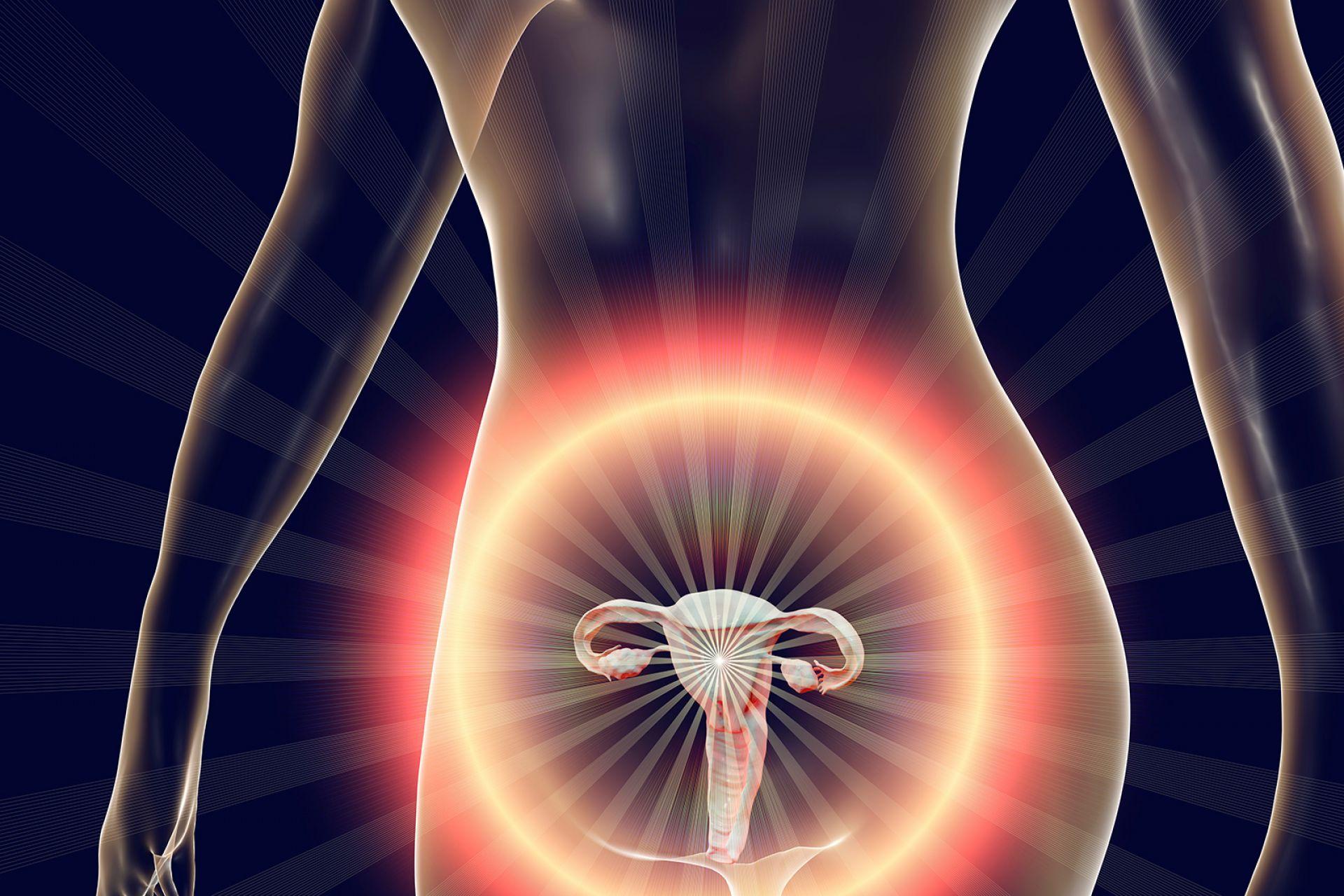How can I prepare myself before robotic hysterectomy?
Before the scheduled robotic hysterectomy, you should:
- Discuss with your doctor in detail about your medical history and the medication you receive on a daily basis. Sometimes you will need to take more medical examinations (e.g., in case of a heart disease) or have your medication changed (for example anticoagulant drugs).
- Stop smoking, since it can increase the risks of anaesthesia or affect your recovery.
- Ask your doctor about what you can eat the day before and after surgery.
- Ask your doctor about how you can prepare your skin so as to minimise the risk of postoperative infection in the incision area.
- Discuss with your doctor about the strategies of reducing postoperative consequent pain in detail. It is important to ask about the preoperative and intraoperative choices available in this context.
What happens in the operating room before the robotic hysterectomy?
The steps before the robotic hysterectomy include:
- Administration of general anaesthesia. Minimally invasive surgeries (robotic surgery and traditional laparoscopy) cannot be performed with other forms of anaesthesia (e.g. epidural anaesthesia) because of the air used for abdominal distension.
- Putting on elastic stockings and intermittent pneumatic compression (IPC) devices to prevent blood clots
- Placement of the patient in gynaecologic position
- Placement of a bladder catheter. It is removed a few hours after surgery or in the next morning.
- Placement of a thin tube from the mouth to the stomach for gastric suction. It is removed when the surgery is completed.
- Thorough cleaning of the skin in the surgery area with special antiseptic solutions
- Using sterilized fenestrated sheets on the surgery area
- Placement of a tool inside the uterus (uterine manipulator). In this way, the uterus can be moved by the gynaecologic surgeon’s assistant during the surgery, and the safe performance of the surgery becomes easier.
How is robotic hysterectomy performed?
In robotic hysterectomy, the gynaecologic surgeon first makes a small incision on the skin above the navel, through which he gains visibility in the inner abdomen (peritoneal cavity). This is followed by abdominal distention with air so as to create distance among the organs, improve doctor’s visibility and make his surgical movements easier while avoiding injuries. After distention of the abdomen, the gynaecologic surgeon inserts a camera through the initial incision, which projects the image of the abdomen on a special screen. Then, depending on the type of surgery, usually 3 or 4 more small incisions (of 1 cm) in the abdomen are required in order to insert the special surgical tools for each surgery. In robotic surgery, the tools are connected to the arms of the robot and follow the doctor’s movements in a console inside the operating room. During the surgery, the gynaecologic surgeon sees the inner abdomen in a magnified view through a 3D high-definition screen which is part of the console.
What happens after robotic hysterectomy?
When the uterus is disconnected from the tissue surrounding it, it is removed from the body through the vagina, just like natural childbirth. The gynaecologic surgeon then sews the vagina, checks the abdomen thoroughly for small sources of bleeding, removes the surgical tools and robot, removes the air he inserted and closes the small skin incisions with special stitches. Afterwards, the patient is transferred to the recovery room, where she will stay and be monitored for some time. She might sometimes complain about sleepiness or nausea, symptoms associated with the effect of anaesthesia. Postoperative recovery after robotic hysterectomy is very short and the patient walks and eats progressively a few hours later. Depending on the type of surgery and her general history, the patient can return home within 24 hours after surgery in most cases.
What should a woman expect during the first days of recovery after robotic hysterectomy?
The patient might mention a “pulling” sensation or mild pain in the incision areas a few days after surgery. Moreover, she might complain of shoulder or back pain, which is caused by the small amount of air remaining in the abdomen, or blood spotting. The above symptoms usually resolve fully within a few days. The patient should avoid lifting objects heavier than 3kg for 2-3 weeks and avoid sexual activity for 6 weeks. Although recovery is very fast, immediate contact with the doctor is required in the rare cases of experiencing:
- Fever
- Vaginal bleeding
- Severe abdominal pain, nausea or emesis
- Foul-smelling discharge or pollakiuria/burning sensation when urinating
- Redness/fluid in the incision areas
- Redness and swelling in your calves, chest pain or shortness of breath
How does robotic surgery outweigh laparoscopic hysterectomy?
The basic benefits of robotic surgery in comparison with traditional laparoscopy are:
- Better visibility due to the 3D screen which allows estimation of depth
- Higher range of movements compared to the restricted rotation of human hand
- Increased stability of surgical tools, which eliminates the slight tremor of human hand
- More accuracy of surgical movements as a result of the above
- Seated position of the gynaecologic surgeon and the general ergonomics that minimise physical fatigue, especially in surgeries with longer duration
The benefits of robotic hysterectomy are of greater significance in more demanding surgeries, such as hysterectomy due to malignancy, removal of enlarged uterus, hysterectomy in a patient with multiple surgeries in the abdominal area, and therefore, high chance of adhesions, such as hysterectomy for extensive endometriosis.











